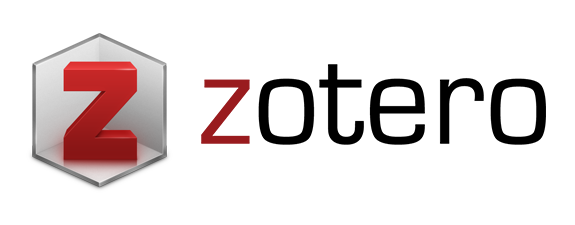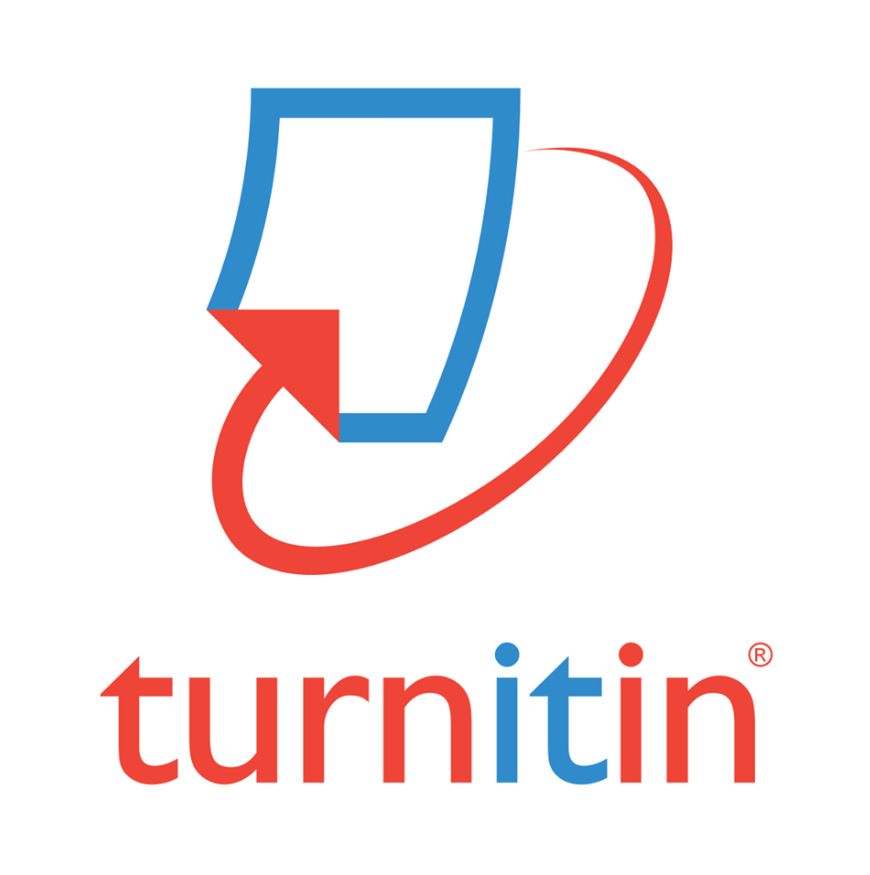Pengembangan Media Portofolio Elektronik Melalui Teknologi Self Video on Demand On-Line (Svodoo) Sebagai Penguatan Aspek Sosial dan Emosional Bagi Calon Guru Di Lingkungan LPTK
Abstract
Abstrak: Calon guru di lingkungan LPTK memerlukan perhatian khusus dalam metode assessment-nya. Tanggung jawab utama untuk perubahan guru bertumpu pada program persiapan bagi calon guru di pendidikan tinggi (Lombardi dan Hunka , 2001). Calon guru di LPTK memiliki keberagaman dimensi yang komplek. Sehingga memerlukan konten pembelajaran sosial dan emosional yang mampu mengakuisisi seluruh potensi calon guru dengan efektif dalam rangka memberikan pengetahuan, sikap, dan keterampilan yang diperlukan untuk mengenali dan mengelola emosi, mengembangkan kepedulian orang lain, membuat bertanggung jawab keputusan, membangun hubungan, dan penanganan situasi akademik yang memiliki sikap positif.. Penerapan teknologi SVODO dalam belajar dan pembelajaran dapat dikategorikan sebagai media portofolio yang simpel dan realistis. Model Pengembangan Davidson dan Rasmussen (2007) dipilih berdasarkan kesesuaian terhadap kebutuhan karateristik pengembangan sistem pengelolaan pembelajaran secara On-line.
Abstract: Teacher candidates in the LPTK require special attention in their assessment methods. Primary responsibility for teacher change rests on the preparation program for prospective teachers in higher education (Lombardi and Hunka, 2001). Prospective teachers in the LPTK have a variety of complex dimensions. So it requires social and emotional learning content that is able to effectively acquire all the potential of prospective teachers in order to provide the knowledge, attitudes and skills needed to recognize and manage emotions, develop concern for others, make responsible decisions, build relationships, and handle academic situations. who have a positive attitude. The application of SVODO technology in learning and learning can be categorized as a simple and realistic media portfolio. Davidson and Rasmussen's (2007) Development Model was chosen based on its suitability to the characteristics of developing an On-line learning management system.
Keywords
Full Text:
PDFReferences
Attwell, G. (2007). Personal learning environments - the future of eLearning? eLearning Papers, 2. http://www.elearningeuropa.info/out/?doc_id=9758&rsr_id=11561
Aviram, A., Ronen, Y., Somekh, S., Winer, A. & Sarid, A. (2008). Self-regulated personalised learning (SRPL): Developing iClass's pedagogical model. eLearning Papers, 9. http://www.elearningpapers.eu/index.php?page=doc&doc_id=11941&doclng=6
Beaudoin, M. (1990). The instructor's changing role in distance education. The American Journal of Distance Education, 4(2). [verified 8 May 2010] http://www.c3l.unioldenburg.de/cde/found/beau90.pdf
Boekaerts, M. (1997). Self-regulated learning: A new concept embraced by researchers, policy makers, educators, teachers, and students. Learning and Instruction, 7(2), 161-186.
Brock, L. L., Nishida, T. K., Chiong, C., Grimm, K. J., & Rimm-Kaufamn, S. E. (2008). Children’s perceptions of the classroom environment and social and academic performance: A longitudinal analysis of the contribution of the Responsive Classroom approach. Journal of School Psychology, Vol46, Hal.129-149.
Chang, C. & Wang, H. (2009). Issues of inquiry learning in digital learning environments. British Journal of Educational Technology, 40(1), 169-173.
Chen, C. (2009). Personalized E-learning system with self-regulated learning assisted mechanisms for promoting learning performance. Expert Systems with Applications, 36(5), 8816-8829.
Colburn, A. (2000). An inquiry primer. Science Scope, 23(6), 42-44. Couros, A. (2008). What does the network mean to you? Open thinking, 25 February. [verified 8 May 2010] http://educationaltechnology.ca/couros/799
Cluver, L., Bowes, L, & Gardner, F. (2010). Risk and protective factors for bullying victimization among AIDS-affected and vulnerable children in South Africa. Child Abuse & Neglect, 34, 793-803.
Davidson. Geyle. dan Karen. Rasmussen. 2006. Web-Based Learning Desain, Implementation dan Evaluation. Pearson Education Ltd. New Jersey
Durlak, J. A. & Weissberg, R. P. (2007). The impact of after school programs that promote personal and social skills. Retrieved March 18th, 2008, http://www.casel.org/pub/articles.php
Drexler, W. (2008). Teach Web 2.0: The Networked Student Revision B. 12 November 2008. http://teachweb2.blogspot.com/2008/11/networkedstudent-revision-b.html
Drexler. W. (2010). The networked student model for construction of personal learning environments: Balancing teacher control and student autonomy Australasian Journal of Educational Technology 2010, 26(3), 369-385.
Gray, K. Sheared J. Hamilton.M . (2010) : Students as Web 2.0 authors: Implications for assessment
design and conduct. Australasian Journal of Educational Technology 2010, 26(1), 105-122.
Graczyk. P. A., Weissberg, R. P., Payton, J. W., Elias, M. J., Greenberg, M. T., & Zins, J. E. (2000). Criteria for evaluating the quality of schoolbased social and emotional learning programs. In R. Bar-On & J.
D. Parker (Eds.), The handbook of emotional intelligence: The theory and practice of development, evaluation, education, and application--at home, school, and in the workplace (Hal. 391-410). SanFrancisco: JosseyBass.
Greenberg, M. T. (2004). Current and future challenges in school- based prevention: The researcher perspective. Prevention Science, Vol 5, Hal 5-13.
Greenberg, M. T., Domitrovich, C., & Bumbarger, B. (2001). The prevention of mental disorders in school aged children: Current state of the field. Prevention & Treatment, 4, Article 1a. Retrieved February 13th, 2008, from http://www.apa.org/psycarticles/
Katz. j. porath. m. 2013. teaching to diversity: creating compassionate learning communities for diverse elementary school students. international journal of special education
Karangwa, E., Miles, S., & Lewis, I. (2010). Community-level responses to disability and education in Rwanda. International Journal of Disability, Development and Education, Vol 57, Hal. 267 — 278
Kawabata, Y., Crick, N. R., & Hamaguchi, Y. (2010). The role of culture in relational aggression: Associations with social-psychological adjustment problems in Japanese and US school-aged children. International Journal of Behavioral Development, Vol 34, Hal. 354-362.
Jonassen, D. H., Howland, J., Moore, J. & Marra, R. M. (2003). Learning to solve problems with technology: A constructivist perspective (2nd ed.). Prentice Hall.
Kuswandi. D. (2014). Pengembangan Model Pembelajaran Calon Guru Dalam Mengintegrasikan TIK Secara Cyberwellness dengan Konsep Kontinyu, Konvergen dan Konsentris
Lombardi, T. P. and Hunka, N. NJ.(2001). Preparing general education teachers for inclusive classrooms:Assessing the process.Teacher Education and Special Education, Vol 24, Hal. 183- 197.
McLoughlin, C. & Lee, M. J. W. (2010). Personalised and self regulated learning in the Web 2.0 era: International exemplars of innovative pedagogy using social software. Australasian Journal of
Educational Technology, 26(1). http://ascilite.org.au/ajet/ajet26/mcloughlin.html
McCombs, B. L (2004). The learnercentered psychological principles: A framework for balancing academic achievement and social-emotional learning outcomes. In J. E. Zins, R.
P. Weissberg, M. C. Wang, & H. J.Walberg (Eds.), Building academic success on social and emotional learning (Hal. 23-39). New York: Teachers College Press.
Modrcin-McCarthy, M.A., & Dalton, M. M. (1996). Responding to healthy people 2000: Depression in our youth, common yet misunderstood. Issues in Comprehensive Pediatric Nursing, Vol 19, Hal 275-290.
Mowat, J. G. (2010). Inclusion of pupils perceived as experiencing social and emotional behavioural difficulties (SEBD): affordances and constraints. International Journal of Inclusive Education, Vol 14, Hal. 631— 648.
Renzaglia, A., Hutchins, M., and Lee, S. (1997) The impact of teacher education on the beliefs, attitudes, and dispositions of preservice special educators. Teacher Education and Special Education, 20, 360, 377.
Schirmer, B. R., & Casbon, J. (1995). Inclusion of children with disabilities in elementary school Classrooms. Reading Teacher, Vol 49, Halaman 66 - 69.
Schonert-Reichel, K. A., Smith, V. & Zaidman-Zait, A. (2006). Can an infant be a catalyst for change?Effectiveness of the “Roots of Empathy” program in fostering the social-emotional development of primary grade children. Manuscript submitted for publication.
The Partnership for 21st Century Skills (2009). 21st Century Learning Environments White Paper. [verified 8 May 2010] http://www.21stcenturyskills.org/index.php?option=com_content&task=view&id=600&Itemid=185
Pedersen, S. & Liu, M. (2003). Teachers' beliefs about issues in the implementation of a studentcentered learning environment. Educational Technology Research & Development, 51(2), 57-76.
Reeves, T. & Okey, J. (1996). Alternative assessment for constructivist learning. Educational Technology Publications, New Jersey.
Siemens, G. (2004). Connectivism: A learning theory for the digital age. elearnspace, 12 December. [verified 8 May 2010] http://www.elearnspace.org/Articles/connectivism.htm
Siemens, G. (2008). A brief history of networked learning. elearnspace, 28 September. [verified 8 May 2010] http://elearnspace.org/Articles/HistoryofNetworkLearning.rtf
Siemens, G. & Tittenberger, P. (2009). Handbook of emerging technologies for learning. [verified 8 May 2010; 2.6 MB] http://techcommittee.wikis.msad52.org/file/view/HETL.pdf
Wang, Y. (2006). Technology projects as a vehicle to empower students. Educational Media International, 43(4), 315-330
Winzer. M.A. (2002). portfolio use in undergraduate special education. international journal of special education, vol 17, Vol.1.
Zins, J.E., & Elias, M.E. (2006). Social and emotional learning. In G.G. Bear & K.M. Minke (dkk.), Children’s Needs III, (hal 1-13). National Association of School Psychologists.
Refbacks
- There are currently no refbacks.
Copyright (c) 2016 Edcomtech

This work is licensed under a Creative Commons Attribution-ShareAlike 4.0 International License.
Edcomtech: Jurnal Kajian Teknologi Pendidikan published by Department of Educational Technology, Faculty of Education, State University of Malang in Collaboration with Asosiasi Program Studi Teknologi Pendidikan Indonesia (APS TPI) and Ikatan Profesi Teknologi Pendidikan Indonesia (IPTPI) with MoU.
Publisher Address:
Lab. Teknologi Pendidikan, Gd.E2, Lt.1
Fakultas Ilmu Pendidikan Universitas Negeri Malang
Jalan Semarang No 5, Kota Malang Kode Pos 65145
Email: edcomtech.fip@um.ac.id
========================================================================================================
| INDEXED BY | TOOLS | PLAGIARISM CHECK | ARTICLE TEMPLATE |
|

Edcomtech is licensed under a Creative Commons Attribution-ShareAlike 4.0 International License.
Edcomtech Statistics (Since July 13th, 2020)

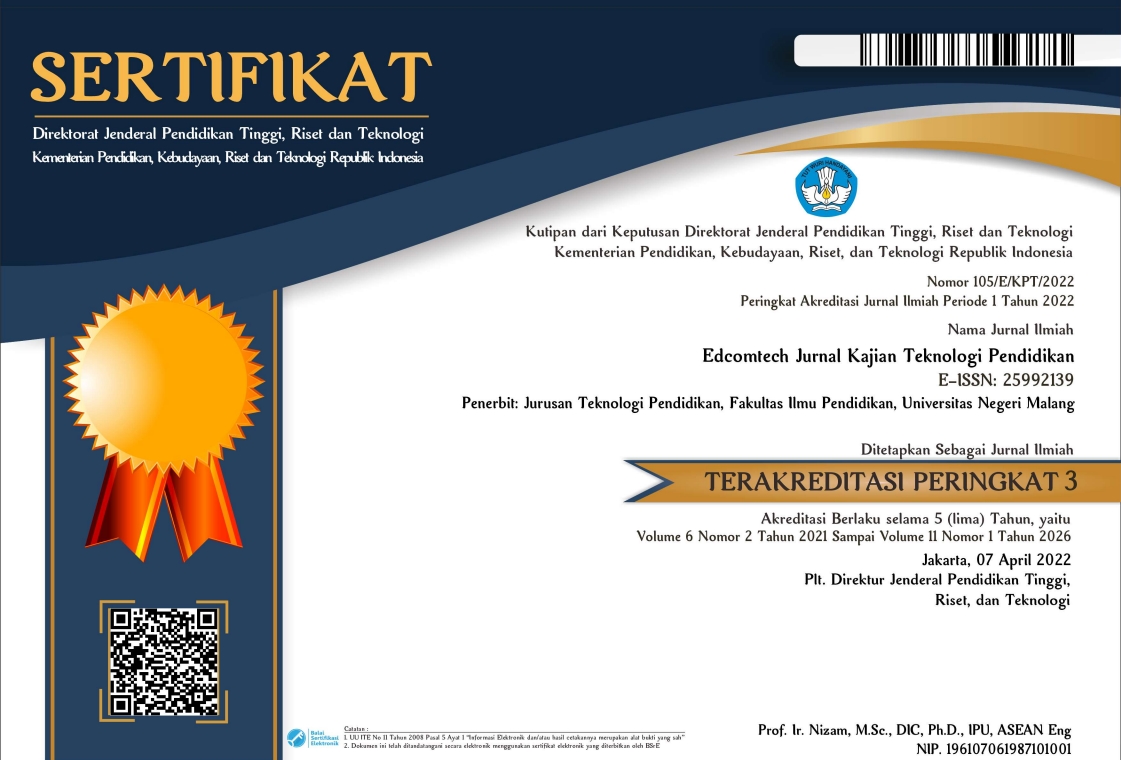
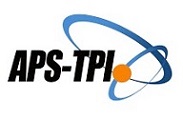



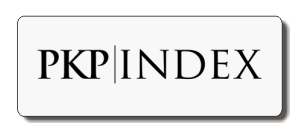




1.png)




